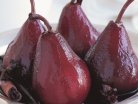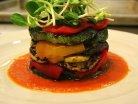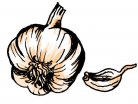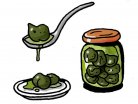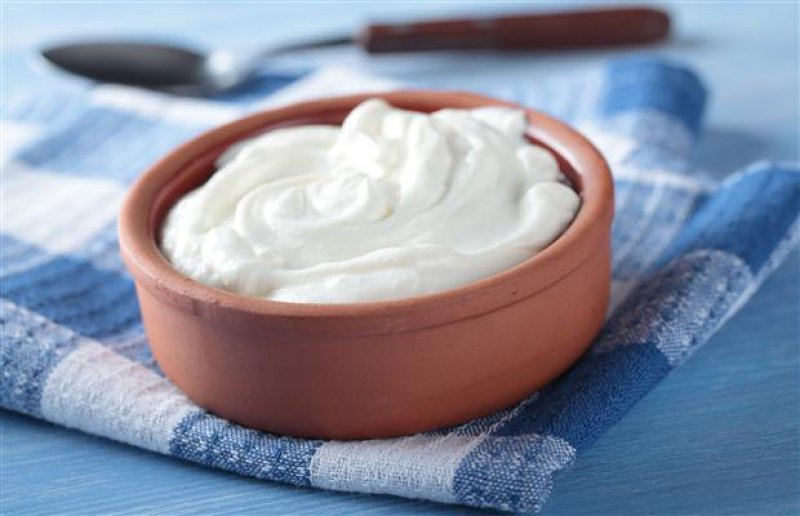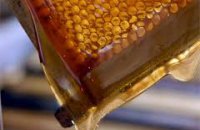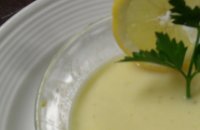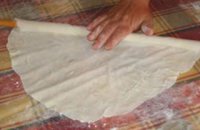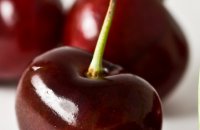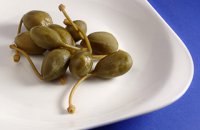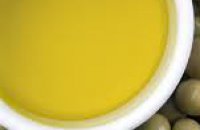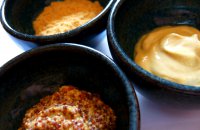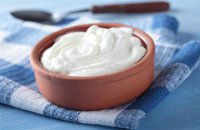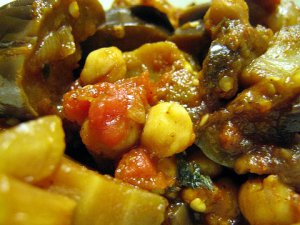- Keep yoghurt refrigerated. Never place it in the freezer, as this will destroy the valuable microorganisms.
- Before heating yoghurt, let it warm to room temperature.
- Be sure to cook yoghurt at low temperatures and for only a small amount of time.
- Whenever possible, add the yogurt towards the end of the cooking process, so that it doesn’t curdle. If the recipe requires the yoghurt to be added at the beginning of the cooking procedure, you must be sure to first stabilize it by following the steps written out below. Don’t worry about baking bread and desserts with yogurt. If flour is also an ingredient in the recipe, it will never curdle to the consistency of cheese.
- While cooking yoghurt, keep the temperature under 45 degrees Celsius so as to avoid destroying the bacilli. The food and pastries you make will retain the distinctive aroma and taste of yoghurt.
- You can make your yoghurt thicker by adding powdered milk. If the recipe requires you to heat the yoghurt, thus liquifying it, you can counteract this by adding a small amount of flour or corn flour, dissolved in a little cold water.
- If the yogurt seems too diluted and "runny" from too much vigorous stirring, just place it in the refrigerator and let it solidify.
- If you desire a more fluid, liquefied yoghurt simply give it a vigorous stir. If you substitute yoghurt for milk or cream when baking cakes and pastries, add half a tablespoon of baking powder for every cup of yogurt.
- For a healthier option, you can use yogurt or a mixture of yoghurt and mayonnaise in a number of recipes that call for mayonnaise.
- Substitute yoghurt for egg and lemon sauce in meat and poultry dishes.
Secrets of Cooking with Yoghurt
All you need to know about cooking with yoghurt !
Category:
Related Articles
Most Popular recipes
































